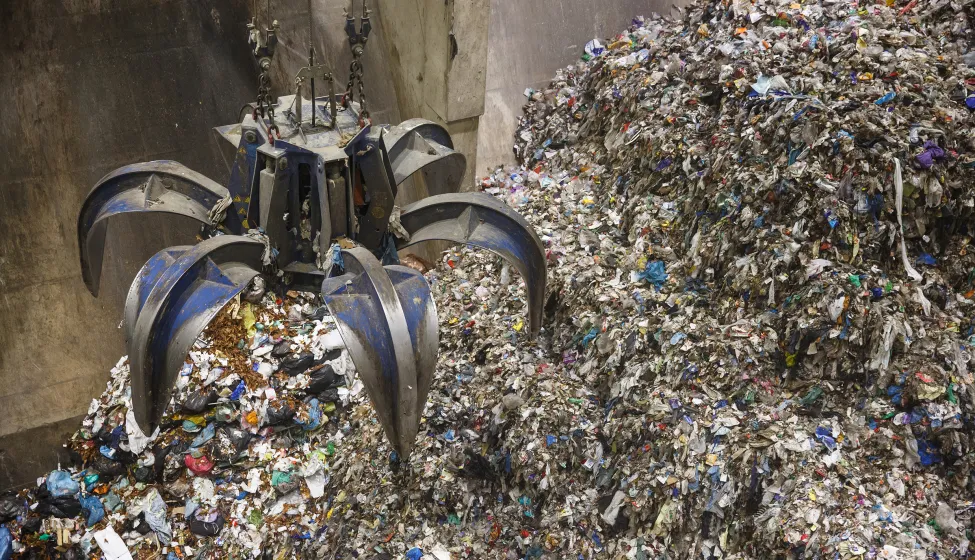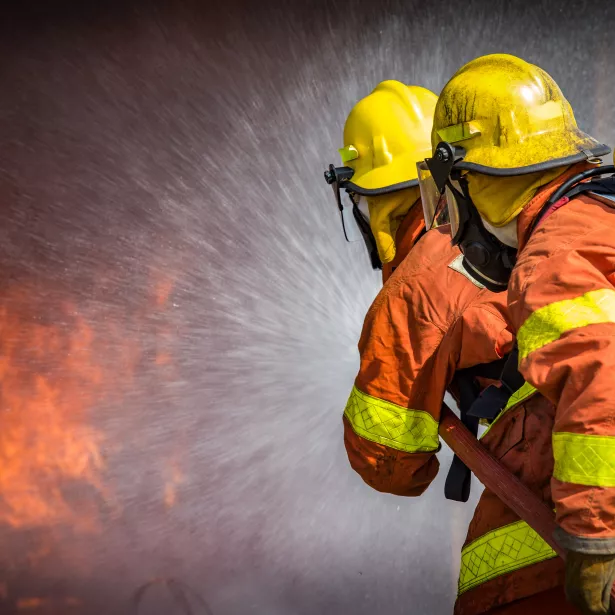August 22, 2025
Executive Summary
Fires at materials recycling facilities (MRFs) pose safety, environmental, and financial risks due to hazardous materials and lithium-ion batteries entering recycling streams. Facility operators can mitigate these fire risks with inspection protocols, detection systems, and adherence to safety codes like NFPA 30, NFPA 400, and the International Fire Code. Exponent supports clients through tailored risk mitigation strategies, failure investigations, and safety program development. Through our holistic, multidisciplinary approach, recycling facilities can enhance safety, minimize operational disruptions, protect workers and community health, and avoid costly legal and environmental consequences.
How can recycling facilities address the pervasive threat of fires caused by hazardous materials and batteries?
According to a 2024 report from the National Waste & Recycling Association, more than 5,000 fires occur at materials recycling facilities (MRFs) each year. Not only do these fires cause devastating and costly damage to an MRF's infrastructure, but they emit toxic fumes and particulate matter into the atmosphere due to the presence of plastics and metals. These materials can contain toxins like lead, mercury, cadmium, polyvinyl chloride (PVC), phthalates, and more. In some cases, this leads to having recycling facilities shuttered after a fire, citing health and environmental concerns.
What causes MRF fires?
A variety of ignition sources can initiate MRF fires, including pressurized containers with flammable liquids and gases like propane tanks or spray paint cans that are not detected during the intake screening process. More recently, lithium-ion batteries have become an area of concern, as indicated in a 2021 study by the U.S. Environmental Protection Agency, "An Analysis of Lithium-ion Battery Fires in Waste Management and Recycling." According to the study, lithium-ion battery fires are endemic to all types of waste management facilities, but MRFs have faced the brunt of the negative impacts. The EPA report found that 78% of MRFs that experienced lithium-ion battery fires had to call emergency responders, as opposed to just 40% of landfills. MRFs also had the highest rates of reported worker injuries and monetary damage due to lithium-ion battery fires.
The EPA report also emphasizes the financial ramifications of MRF fires, citing one example in Plano, Texas, that cost more than $30 million to repair and reopen following a 2016 fire. In addition to repairs, MRF fires can lead to environmental liabilities and cleanup costs, as well as increases in insurance premiums and legal consequences. Even minor fires that cause MRF line shutdowns can rack up significant costs in downtime.
MRF fires can lead to environmental liabilities and cleanup costs, as well as increases in insurance premiums and legal consequences. Even minor fires that cause MRF line shutdowns can rack up significant costs in downtime.
How can materials inspection and detection help prevent MRF fires?
While fire detection systems help protect MRF facilities, prevention — identifying hazardous materials before they enter an MRF — is one of the best lines of defense in reducing the risk of thermal incidents in these facilities. Thorough materials inspection at collection points is essential to preventing dangerous materials from entering recycling streams.
Facilities can follow hazardous materials requirements listed in NFPA 400 (Hazardous Materials Code), NFPA 30 (Flammable and Combustible Liquids Code), and the International Fire Code (IFC). These codes and standards outline procedures for handling hazardous materials such as nitrates, corrosives, organic peroxides, reactive metals and materials, compressed gases, and flammable solids and liquids. Nevertheless, estimates suggest dozens of potentially hazardous materials enter MRFs each day — a number that is predicted to grow alongside the rising use of electronics, which can contain lithium-ion batteries and lead, mercury, cadmium, zinc, yttrium, chromium, beryllium, nickel, and tin.
MRFs have several common strategies for detecting hazardous materials. The first is visual inspection: an employee at the MRF is responsible for reviewing materials as they enter the facility. After this initial review, materials are typically sorted into large piles using equipment like bulldozers or backhoes. It can be challenging to spot ignitable liquids and hazardous solids, which could result in their thermal stability being compromised as part of the recovery process. MRF operators can develop protocols for the proper sorting of items received, as well as the safe storage of any prohibited items.
Beyond human visual inspection, there is not currently a commercially viable technology that can automatically spot and sort hazardous materials at MRFs at scale; however, automated artificial intelligence systems are currently being developed and used in plastic recycling facilities.
How can MRF fires be detected and mitigated earlier?
One of the key challenges with preventing fires at MRFs is that they are difficult to initially detect. A fire may start in large piles of mixed materials that may not be visible until the fire has spread to surrounding ignitable trash and recyclables and grown to a point that could overwhelm fire protection systems and complicate firefighting efforts.
To increase the probability of early fire detection, some MRFs rely on thermal imaging cameras in addition to visual inspections, but the size and scope of materials at these facilities could be extensive, making it potentially challenging for these facilities to achieve comprehensive monitoring.
Preventing and mitigating thermal incidents in recycling facilities caused by hazardous materials is important to the safety and sustainability of these operations. By implementing materials inspection protocols, utilizing fire detection and suppression systems, and staying on top of materials screening technologies, recycling facilities can reduce the risks associated with processing hazardous materials.
Frequently Asked Questions
What Can We Help You Solve?
Exponent's fire protection experts have extensive experience evaluating and formulating fire protection and suppression strategies for industrial facilities. Our thermal and mechanical engineers can provide guidance on sorting recycled materials, and our industrial hygienists can help develop inspection and safety programs to help keep Li-ion batteries out of recycling streams.
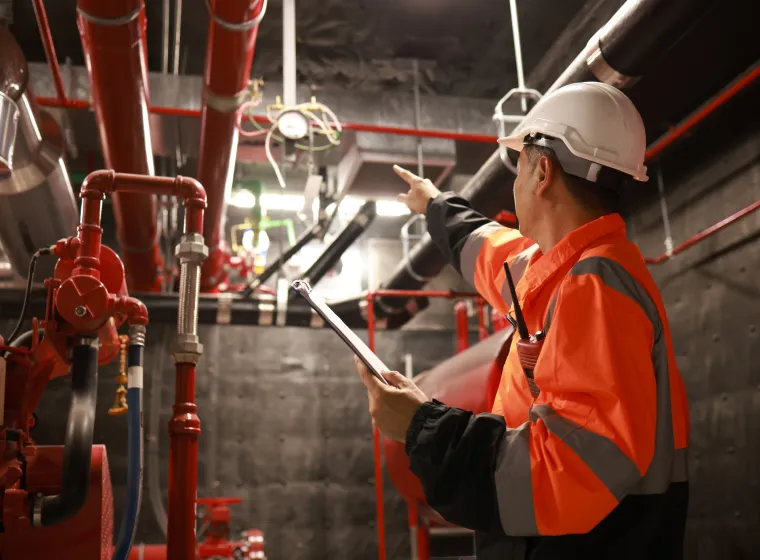
Fire Protection Engineering
Extensive fire suppression, detection, and alarm system testing to support achieving code and regulatory requirements.
![Fire Protection Engineering [TS]](/sites/default/files/styles/cards_home_card/public/media/images/GettyImages-1180177143.jpg.webp?itok=0y39nNYD)
Combustible Dust Hazard Analysis & Facility Inspections
Reduce the risk of combustible dust fires and explosions.
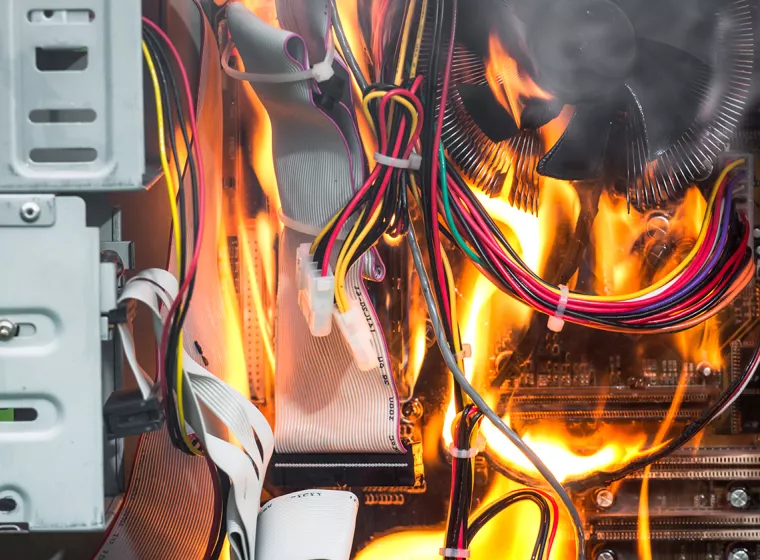
Thermal Sciences Expertise for Disputes
Evidence-based scientific insights and expert witness support for industrial fires and explosions, oil and chemical spills, and equipment failures.

Process Safety Hazards & Risk Analysis
Thermal science expertise to help you Identify hazards, mitigate risks, and improve safety and compliance with regulatory practices
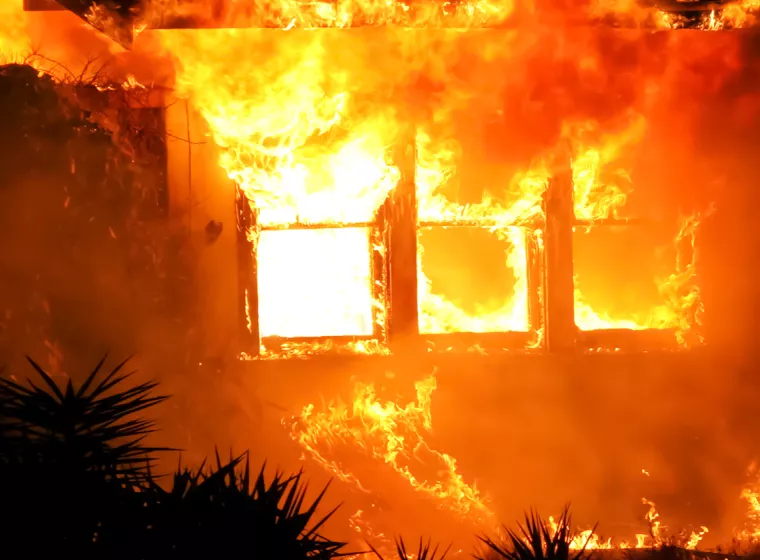
Fire & Explosion Investigations
In-depth field examinations and high-tech modeling and testing to determine the origin and cause of fires, gas explosions, dust explosions, and other explosions...

Structures Affected by Fires & Explosions
Determine the root cause of a fire or explosion with expert investigations and analyses.
